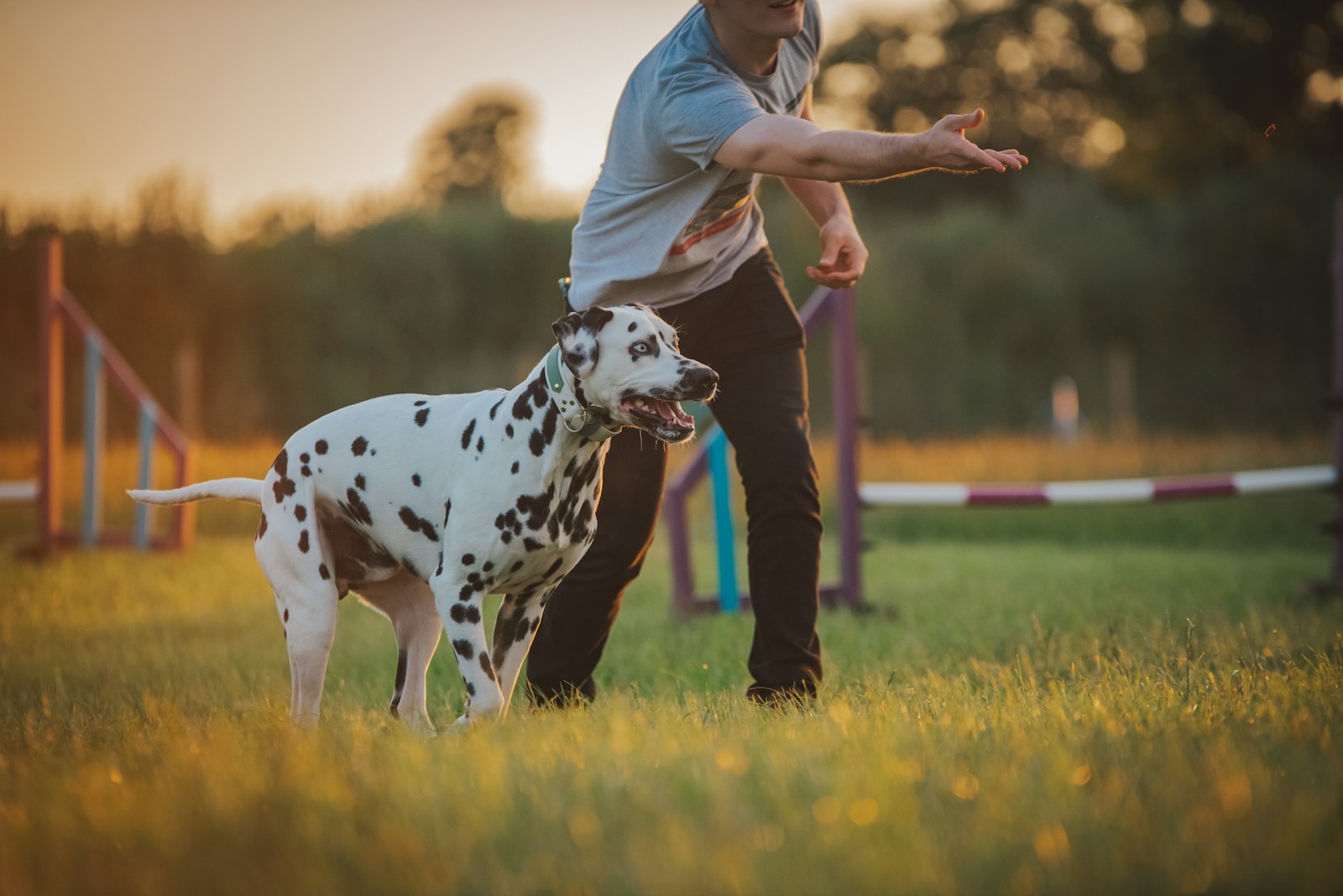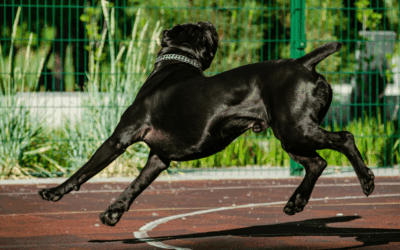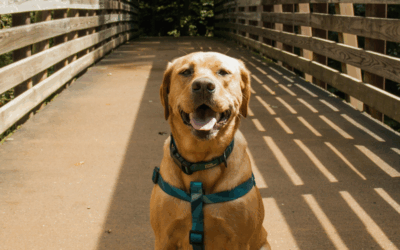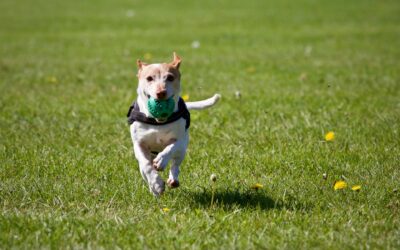When I first stepped onto a dog agility course years ago, I thought it was all about speed. I watched sleek, lightning-fast dogs fly over jumps and blur through weave poles, their handlers sprinting alongside them. It was a thrilling display of athleticism. But as I delved deeper, I discovered something profound: agility wasn’t just a sport—it was therapy for the mind, body, and spirit. For the dogs, it was a language of confidence. For the handlers, it was a lesson in trust.
While we dont yet offer agility training at Canine Cardio, we are going to dive deeper so you can learn about the ins and outs of dog training and agility courses.
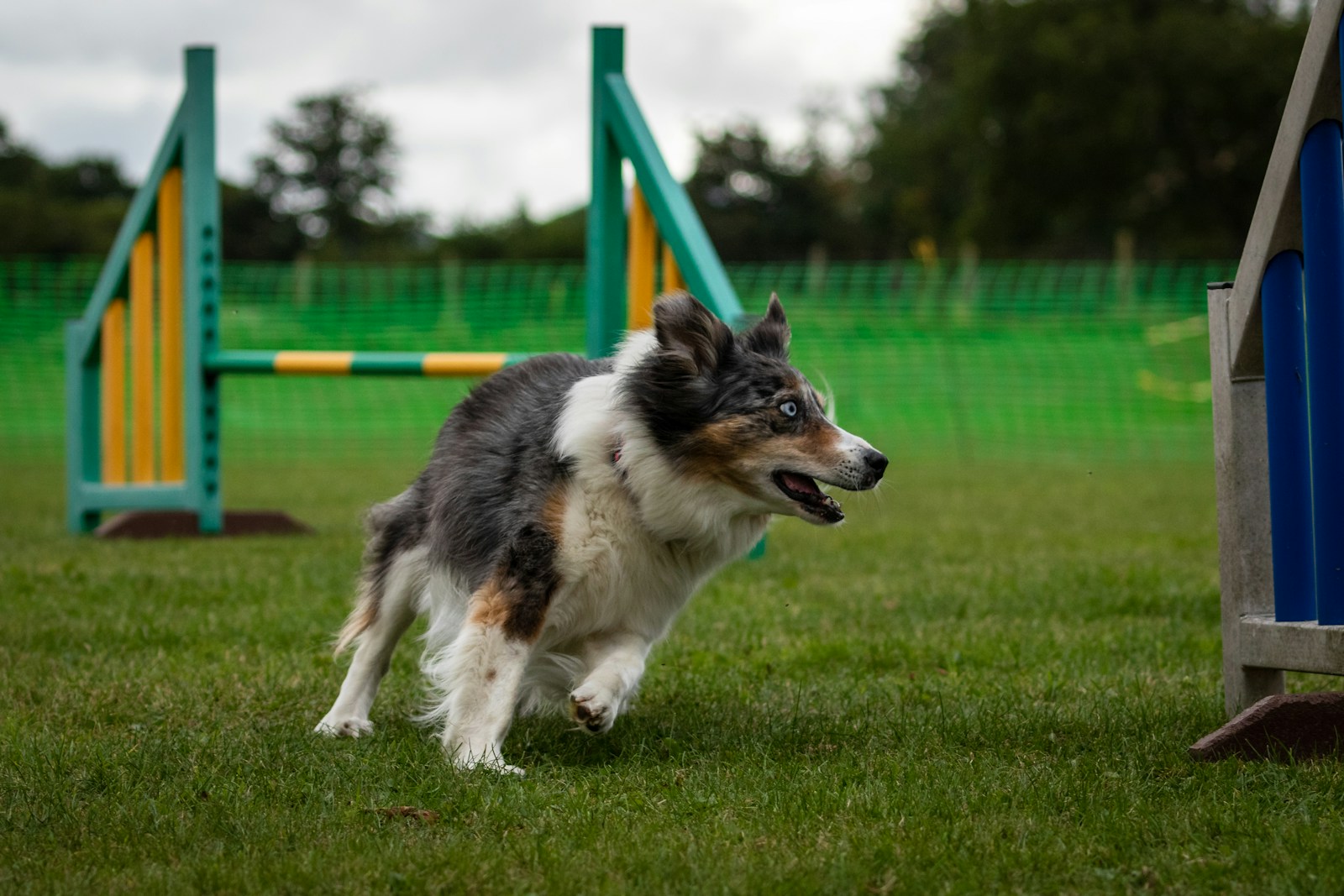
Photo by Roger Chapman on Unsplash
What Is Dog Agility Training—And Why It’s So Much More Than a Dog Sport
At its most basic, dog agility is a popular canine sport where a handler directs their dog through a predetermined obstacle course. This course typically includes a variety of challenges, such as jumps, tunnels, weave poles, A-frames, and tire jumps. The goal is to complete the course quickly and accurately, with the dog relying on the handler’s cues and body language.
But the real magic of agility happens between the obstacles. It’s in the moments of connection when your dog looks to you for guidance, the flicker of understanding in their eyes, and the shared joy of tackling a challenge as a team. The purpose of agility extends far beyond competition. It is a dynamic activity that provides:
Mental Stimulation
Navigating an obstacle course requires intense focus and problem-solving skills. It challenges a dog’s mind, preventing boredom and the destructive behaviors that can come with it.
Physical Exercise
Agility is a fantastic workout that improves a dog’s coordination, balance, and overall fitness in a fun and engaging way.
Teamwork and Trust
Success in agility hinges on clear communication and a strong bond between dog and handler. It’s a dance of partnership built on mutual trust and respect.

When (and How) to Start Agility Class
Dog tired? That’s ok. Dog wild? That’s okay too. One of the most common questions we get from enthusiastic dog owners is, “At what age can my dog start agility?” The answer is both simple and nuanced. While you can start building the foundation for agility from a young age, it’s crucial to do it safely and mindfully.
Puppies can begin foundational work—like balance exercises, body awareness, and basic obedience—very early on. However, high-impact activities like jumping and weaving should wait until their growth plates have closed and their joints are fully developed, which is typically between 12 and 18 months, depending on the breed.
A great principle to follow for young dogs is the “Rule of Sevens.” This guideline, developed by puppy-raising experts, suggests that by the time a puppy is seven months old, they should have been exposed to:
- 7 different types of surfaces (e.g., grass, concrete, carpet, wood chips)
- 7 different environments (e.g., a quiet park, a pet-friendly store, a friend’s house)
- 7 different types of experiences (e.g., meeting a new friendly dog, hearing a vacuum cleaner, riding in a car)
Following this rule helps build a confident, resilient puppy who is less likely to be fearful of new situations—a perfect mindset for tackling an agility course later on.
Practical First Steps for Agility Beginners:
If you’re interested in agility, you don’t have to wait until your dog is a year old to start. Here are some low-impact exercises you can begin at home:
- Focus and Engagement: Teach your dog to make eye contact with you and hold their attention, even with mild distractions. This is the bedrock of all dog training.
- Calm Leash Work: Have your dog walk on a loose leash without pulling. This teaches your dog to follow your lead, a skill that translates directly to the agility course.
- Low-Impact Exercises: Use a wobble board or pillows on the floor to help your dog develop balance and body awareness. You can also teach them to walk backward or put their front paws on a low stool.
The Power of Structure: How A Guided Agility Obstacle Course Builds Confidence
There’s a world of difference between unstructured play on a few obstacles and a guided, trainer-led agility session. While letting a dog run loose in a field of agility equipment might seem fun, it often leads to high-energy chaos rather than focused learning. Structure is what turns agility from a simple physical activity into a profound mental exercise.
- Weave poles teach discipline, patience, and body awareness.
- Jumps teach impulse control and responsiveness to handler cues.
- Tunnels build confidence by encouraging dogs to enter a dark, enclosed space.
- The tire jump requires precision and trust in the handler’s direction.
This structured approach is deeply rooted in behavioral science. Agility provides a series of controlled challenges that build resilience. When a dog successfully navigates a dog obstacle, they receive positive reinforcement, which boosts their confidence and makes them more eager to try the next challenge. This process strengthens the handler-dog relationship through calm, clear leadership—not frantic energy.
This is especially important for understanding the “Four F’s” of dog behavior: Fight, Flight, Freeze, and Fidget. These are the instinctual responses a dog has to stress or uncertainty. An unstructured, overstimulating environment can easily push a dog into one of these reactive states. However, the predictable and structured nature of a guided agility class helps a dog move from reactivity to responsiveness. They learn to look to their handler for direction instead of defaulting to their instincts, which is a critical skill for navigating the real world.
Building Calm Confidence: Our “Train for Reality™” Approach
While we dont provide agility training yet, our training comes down to one philosophy: Train For Reality.
This means we use our training programs to prepare dogs for the challenges of everyday life. The goal is to build emotional control and problem-solving skills that serve them well beyond the gym.
Benefits Of Agility Training
Guided agility enhances:
- Body Awareness: Dogs learn to be more mindful of where their bodies are in space, which reduces clumsiness and prevents injuries.
- Communication: Handlers learn to give clear, consistent cues, and dogs learn to read and respond to them. This two-way communication strengthens their bond.
- Stress Management: Movement is a powerful way for dogs to release stress. The focused, purposeful activity of agility provides a healthy outlet for pent-up energy.
This stands in stark contrast to unstructured environments like dog parks, which can often be a recipe for disaster. In a free-for-all setting, dogs are left to their own devices, which can lead to bullying, fights, and reinforced bad habits.

The Canine Cardio Experience: Where Fitness Meets Fulfillment
What makes our training in Arlington unique? It’s the combination of our philosophy, our facility, and our expert trainers. When you join training at Canine Cardio, you’re not just signing up for an activity; you’re joining a community dedicated to canine wellness.
Here’s what sets the Canine Cardio experience apart:
- Small, Trainer-Led Classes: We keep our class sizes small to ensure every dog and handler receives personalized attention from our certified trainers.
- Focus on Teamwork, Not Competition: Our goal is to celebrate progress and strengthen the bond between you and your dog. The only team you’re competing against is the one you were yesterday.
After a great training session, you and your dog can decompress and connect with other like-minded owners in a calm, welcoming space.
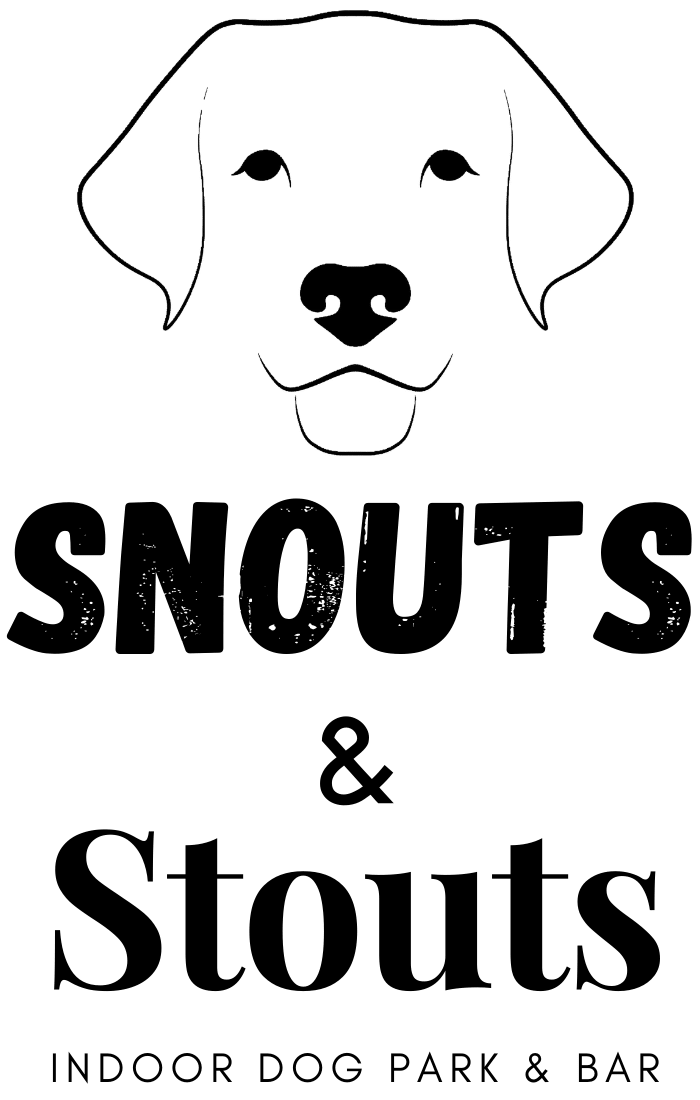
How to Get Started: Joining a Dog Agility Course in Arlington
Are you ready to see your dog grow in confidence and skill? Joining a dog agility class in your area is simple.
- Register for Your First Class: The best way to start is by reaching out for a consultation or assessment. This allows trainers to understand your dog’s unique personality and recommend the right starting point.
- What to Expect: Your first few lessons will focus on building a strong foundation. In your first class, you’ll likely work on warm-up exercises, get your dog comfortable with the equipment, and learn basic handling cues. As your dog begins his second class, you might start stringing together a few simple obstacles.
Beyond the Course: What Agility Teaches Us About Life
Agility is more than just a series of obstacles; it’s a mirror for life. It teaches us patience when progress feels slow. It teaches us to trust in our partners. And it teaches us that with consistent effort, we can overcome challenges we once thought were impossible.
Watching your dog grow more confident and capable through agility is one of the most rewarding experiences a dog owner can have. It’s a journey you take together, strengthening your bond every step of the way. Ultimately, agility isn’t about winning ribbons—it’s about the joy of play, the pride of achievement, and the unbreakable connection you build with your dog.

